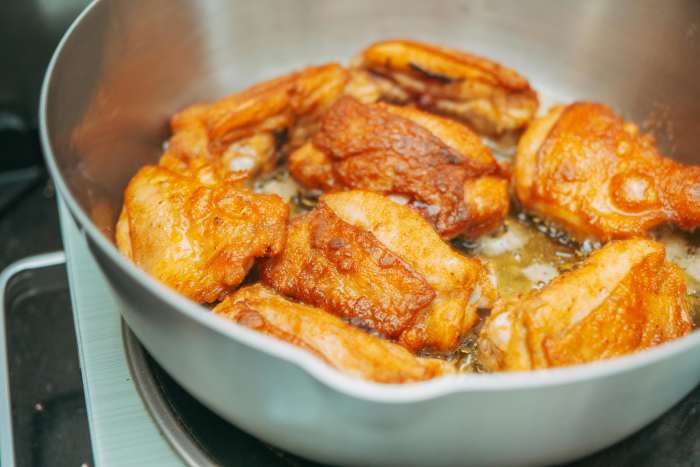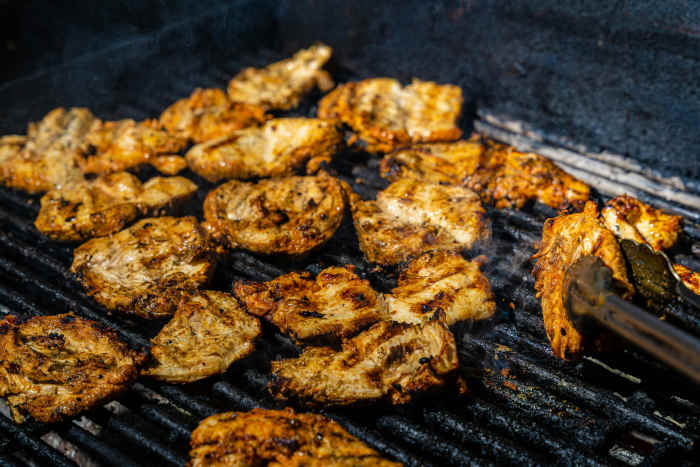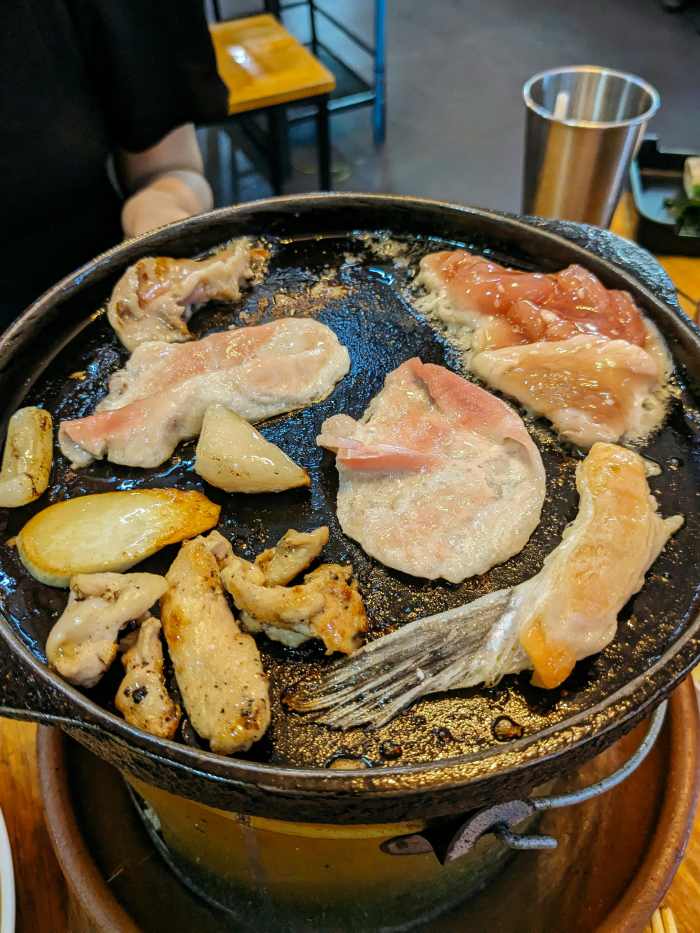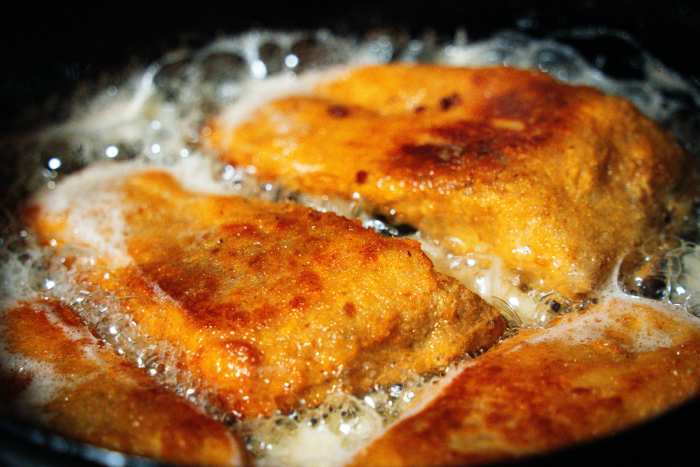If You See This White Stuff When Cooking Chicken, Here’s What It Means
If you’ve ever roasted, baked, or boiled chicken at home, chances are you’ve spotted it — that strange white substance oozing out of the meat. It’s not exactly appetizing, and many home cooks have wondered: What is that stuff, and is it safe to eat?
According to culinary experts, the answer is yes — and it’s completely normal.
Celebrity chefs, food writers, and even chicken farmers agree: the white material you see on cooked chicken is not a sign that your poultry has spoiled. Instead, it’s a naturally occurring protein called albumin.

Chicken Thighs Frying in a Pan, Photo Credit: Pexels
Albumin is also found in eggs, milk, and fish. In fact, if you think about how raw egg whites are clear until cooked — and then turn white — you’ve already seen albumin in action. The same process happens inside your chicken. When heat causes the proteins in meat to coagulate, the once-invisible albumin takes on that familiar white, sometimes gooey appearance.
Baltimore-based chef and instructor Drew Curlett says the sight may not be pretty, but it’s no cause for alarm. “Especially with boneless chicken breasts cooked at high heat, you’re going to see that liquid push out. In a pan, it often burns off. In the oven, it tends to collect,” he explained.

Middle Eastern food on a grill, Photo Credit: Pexels
The way chicken is stored also plays a role. Freezing poultry creates sharp ice crystals that puncture tiny cell walls inside the meat. When thawed, water and proteins leak into the muscle fibers. Once heated, that liquid is forced to the surface. If you’ve ever noticed the white foam floating on top while boiling chicken, that’s the same albumin reacting instantly as it hits the hot water.
So, is it safe to eat? Experts say absolutely. Chicken farmer Paul Greive, founder of Pasturebird, says it’s the same juice inside the meat — just drawn out during cooking. While larger clumps may feel rubbery or look unappealing, they pose no health risk.

A pan filled with meat and vegetables on a stove, Photo Credit: Pexels
For those who want to minimize the appearance of albumin, technique matters. Cooking “low and slow” reduces the amount of white protein that leaks out. Instead of cranking your oven or air fryer to the highest setting, try lowering the temperature by about 25 degrees and use a meat thermometer to gauge doneness. The gentler the heat, the less albumin you’ll see.
If you’re boiling chicken for soup or stock, skim off the foam at the top for a cleaner look, though leaving it won’t change the taste.

A close up of food cooking in a pan, Photo Credit: Unsplash
It’s not just chicken, either. You’ll often spot the same protein in frozen fish like salmon or shrimp, or in ground meats such as burgers and sausages.
The bottom line: while that white stuff may not win any presentation points, it’s harmless, natural, and simply part of the science of cooking.
So the next time you see it, rest assured — your chicken dinner is safe to enjoy.

